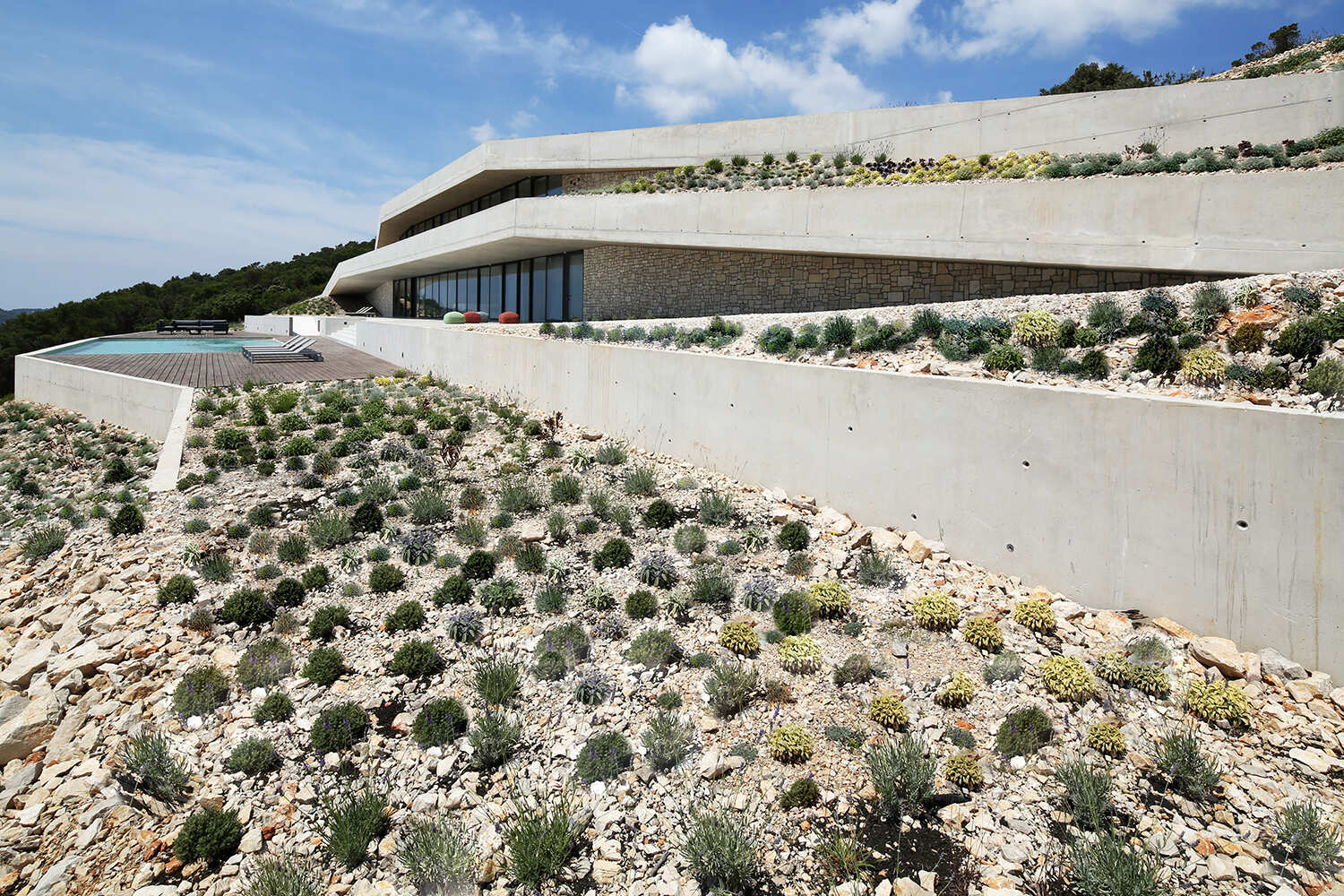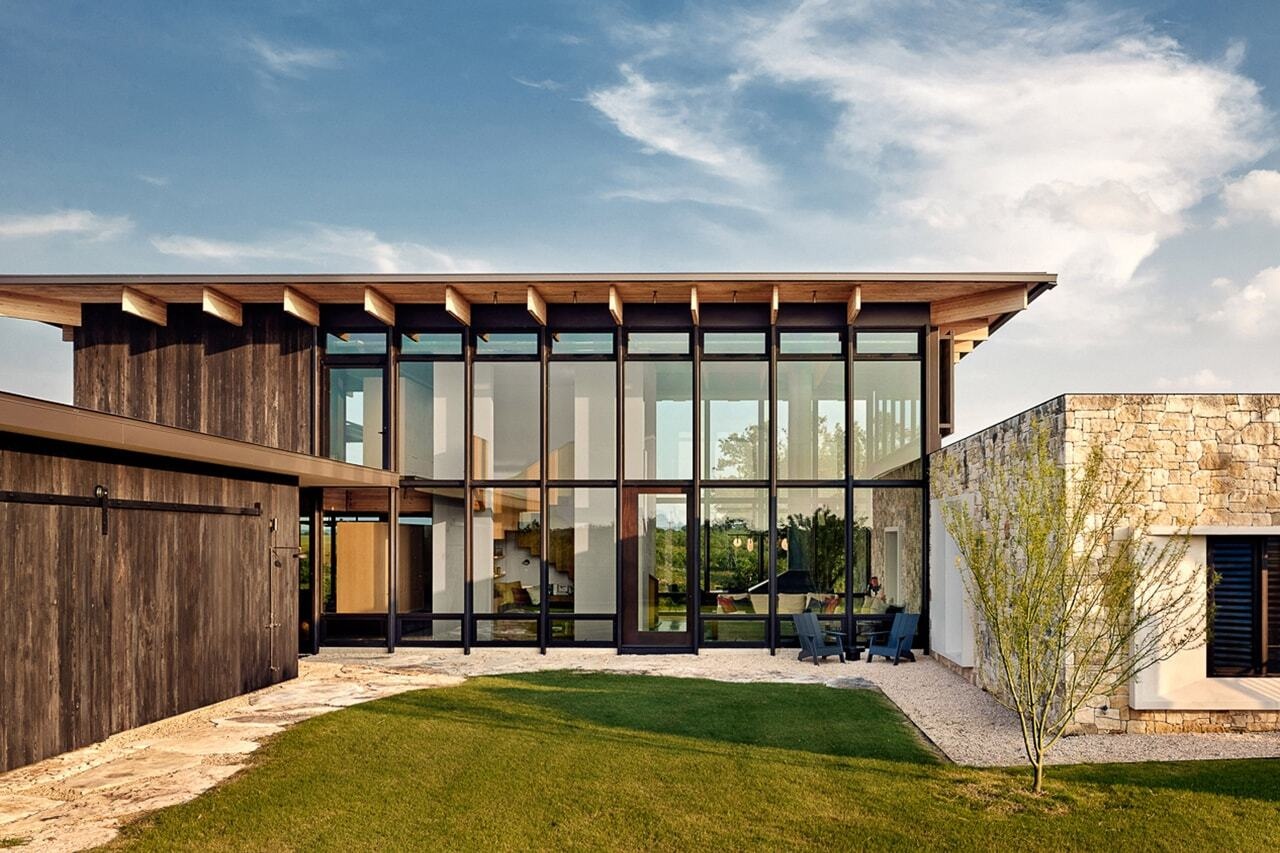Eight infill houses that make the most of vacant city plots


Our latest roundup looks at houses that respond to the tight constraints of infill sites with designs that either complement or contrast with the neighbouring buildings.
From Dublin to Buenos Aires, these infill houses demonstrate the clever ways vacant plots in built-up cities can be transformed into unique homes.

Local studio Ao-ft designed Spruce House to fit in with its London streetscape by marrying up the terraced houses on either side, but created intrigue by fully covering its facade with vertical timber battens and mullions.
Drawing from the area's history as a village high street, Ao-ft based the facade design on a shop front, with a glazed ground floor screened by wooden slats.
Find out more about Spruce House ›

Glass Brick House, Belgium, by Delmulle Delmulle Architecten
Surrounded by buildings on three sides, which limited the placement of windows, Belgian studio Delmulle Delmulle Architecten used glass brickwork for the upper portion of this home's street-facing facade to bring natural light into the interior.
Situated in Ghent, the bedrooms at Glass Brick House were located on the ground floor, behind the terracotta-tiled facade, and the living, kitchen and dining spaces were placed above.
Find out more about Glass Brick House ›

Curtain House, USA, by Johnsen Schmaling Architects
For Curtain House in Wisconsin, American studio Johnsen Schmaling Architects strayed from the pitched silhouette of the neighbouring homes and instead opted for a rectangular form fronted with wood and metal louvres.
The studio aimed to reimagine the conventions of infill housing with its contemporary addition to the street, which was built to the same height as its century-old neighbours.
Find out more about Curtain House ›

Dublin house, Ireland, by Gró Works
Irish architecture studio Gró Works used red brick and perforated metal panels to create an industrial feel at this infill house in Dublin, referencing the ornate Victorian red-brick terraces nearby and the more utilitarian backstreet the home overlooks.
A door in the metal cladding opens onto a sheltered porch, creating space between the street and the home's entrance. Bedrooms were placed on the ground floor, and the open-plan living area on the upper floor opens onto a balcony.
Find out more about the Dublin house ›

Casa Ederlezi, Mexico, by Práctica Arquitectura
Located on a five-metre-wide infill plot in Monterrey, Mexico, Casa Ederlezi is made up of two red concrete volumes separated by a central courtyard.
The infill home was designed by local studio Práctica Arquitectura to be closed off from the surroundings, maintaining privacy, while outdoor spaces within the perimeter walls create a sense of openness.
Find out more about Casa Ederlezi ›

NW10 House, UK, by Platform 5 Architects
Occupying a triangular corner site in London that was formerly a builder's yard, NW10 House has an irregular, blocky form that responds to the plot's planning constraints and the sight lines of the surrounding properties.
Designed by local practice Platform 5 Architects, the rooms in the three-storey home fan out from a central skylit spiral stair and feature exposed concrete interiors.
Find out more about NW10 House ›

TH House, Vietnam, by ODDO Architects
TH House is a five-storey home squeezed into a four-by-six-metre infill site in Hanoi, flanked by buildings on three sides with a narrow 1.2-metre-wide alley separating it from the property opposite.
Vietnamese studio ODDO Architects maximised light in the narrow home with lightwells, perforated walls and a glazed facade that sits slightly forward of the interior spaces.
Find out more about TH House ›

Casa Vedia, Argentina, by BHY Arquitectos
Sandwiched between two party walls, local studio BHY Arquitectos aimed to optimise the quality of the spaces in this Buenos Aires home by incorporating two courtyards and two patios.
The all-white three-storey house has a double-sloped roof to help diminish its scale and better fit in with the residential neighbourhood.
Find out more about Casa Vedia ›
The post Eight infill houses that make the most of vacant city plots appeared first on Dezeen.



















































